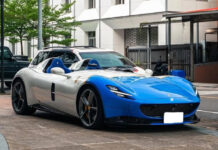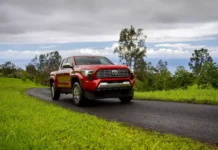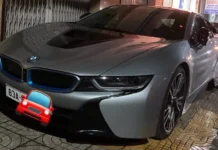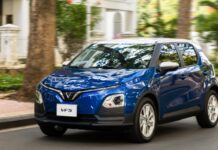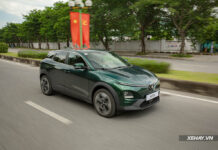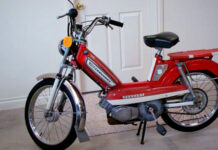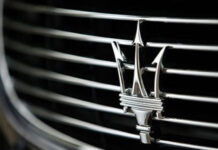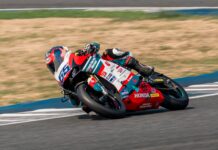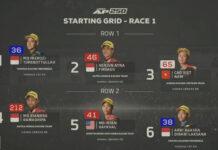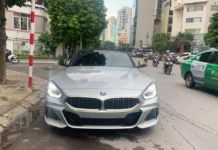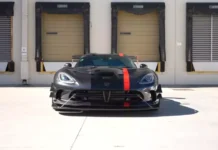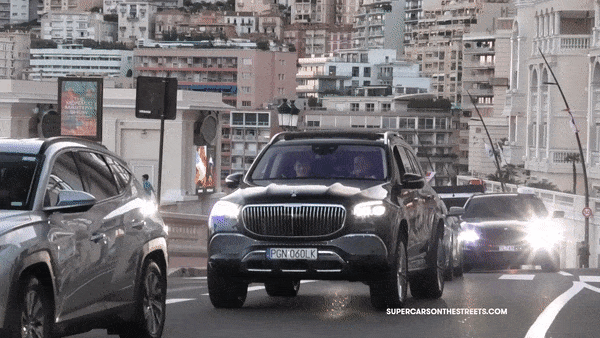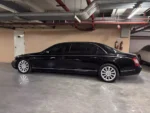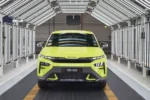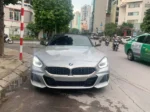Once a premium feature for high-end vehicles, air suspension systems are now making their way into mainstream brands.
| |
|
Air suspension technology was first patented in 1901 by engineer Archibald Sharp for bicycles. It wasn’t until 1922 that it appeared as an aftermarket accessory for automobiles, and it took until 1954 to be integrated into mass-produced vehicles. |
True to its name, air suspension replaces traditional metal springs with rubber air springs. These air springs are connected to an air compressor and regulated by sensors to adjust pressure based on load or desired driving dynamics.
Depending on the application, air suspension can automatically level the vehicle when loaded, adjust ride comfort or stiffness, and raise or lower the chassis with the press of a button. In luxury vehicles, this technology is often used to provide a smooth, road-isolated driving experience.
 |
|
Building on the AIRMATIC system, Mercedes-Benz’s E-Active Body Control adds hydraulic-pneumatic components and a Free Driving Mode for navigating soft terrains like sand or snow. |
Off-road vehicles use air suspension to maintain a consistent ride height on flat surfaces and raise the chassis for improved ground clearance. For trucks and heavy equipment, it ensures balance regardless of load distribution.
One of air suspension’s standout advantages is its versatility. It can deliver a cloud-like ride but also firm up for high-speed stability and handling.
| |
|
Many automakers now pair advanced air suspension with windshield-mounted cameras to scan road surfaces, optimizing damper firmness for maximum comfort. |
The noise and vibration isolation provided by this technology is why many luxury vehicles offer air suspension as standard. Some models even use forward-facing cameras to proactively adjust suspension stiffness before encountering potholes or corners.
In premium off-roaders, air suspension not only maintains ride comfort but also acts as a true lift kit. When off-road mode is engaged, the compressor increases air spring pressure, raising the entire body for better ground clearance and approach/departure angles. Conversely, it can lower the vehicle at highway speeds for improved stability and aerodynamics.
| |
|
Despite its “soft axle” design for comfort, the luxury SUV Defender can simulate a “solid axle” using air suspension, keeping both wheels in contact with the ground during off-road maneuvers. |
For trucks and large SUVs, air suspension is invaluable for maintaining balance under heavy loads or when towing. Even heavy-duty trucks designed for large payloads can sag under extreme weight, and air suspension effectively counters this. Fully loaded SUVs stay level without nose-diving or weight shift.
Despite its advantages, air suspension has significant drawbacks. The initial cost is high, and maintenance/repairs are complex. The system relies on numerous precisely coordinated components: air springs for each wheel, load/height sensors, air lines, and a compressor to maintain pressure…
| |
|
It’s not uncommon to see multimillion-dollar luxury cars sitting flat on the ground due to air suspension failure. |
Given its complexity and constant exposure to pressure/vibration, failures aren’t uncommon. When they occur, the consequences can be severe for both the vehicle and the owner’s wallet.
Older Bentley, Rolls-Royce, and Mercedes-Benz S-Class models are often seen bottoming out and crashing over bumps—a telltale sign of failed air suspension. Even though made from durable rubber, air springs can crack and leak over time, rendering the system useless.
| |
|
Unlike traditional suspension, air suspension is a complex electro-mechanical system that’s prone to failure without proper use and maintenance. |
Even on new vehicles, air suspension is typically an expensive option. In the US, the 2025 Mercedes-Benz E 350’s AIRMATIC package with air suspension and rear-axle steering costs $3,200, mostly due to the suspension system.
The aftermarket also embraces this technology. Many car enthusiasts use air suspension for “bagging”—lowering the car to the ground when parked but raising it for normal driving. There are also air suspension helper springs for vehicles that frequently carry heavy loads or tow trailers. These supplements don’t replace the original suspension but activate only under load.
| |
|
A Nissan Skyline GT-R R34 modified for “bagging” sits flush with the ground. Unlike coilover lowering, this method is more practical as the car can still clear speed bumps and rough roads when needed. |
In conclusion, air suspension is ideal for those prioritizing comfort and versatility, especially in luxury sedans and SUVs. However, for most drivers, traditional spring/shock suspension remains sufficient, offering greater durability and cost-effectiveness.
Great Books to Read in Your Car
Our Automotive section brings readers captivating books across various topics. During long drives, these books make excellent companions during rest stops.




